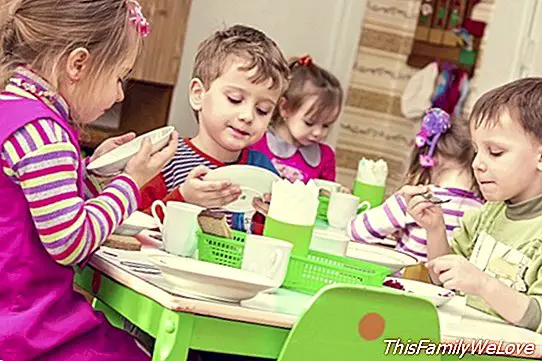Viruses and infections in schools and children's centers, how to prevent them
One of the biggest problems for parents during the return to school is the wellbeing of their children, given the greater influence of virus and other contagions. The little ones spend several hours with their companions, who sometimes go to the center showing symptoms of colds or other discomforts that are soon shared with the rest.
It seems that along with purchases of school supplies, you also have to throw in the basket certain medications to solve these health problems so related to the School period. However, as is usually the case, it is possible to prevent these situations from occurring by controlling certain points such as hygiene in the school and by teaching the children certain behavioral norms.
Beware of hygiene
Hygiene can save more than one infection in the educational center. An act as simple as washing hands after returning from recess or cleaning those items that have been in contact with sick students will save more than one child from ending up manifesting these symptoms. From the American Academy of Pediatrics these tips are provided:
- The bathrooms that children go through must always be clean and available so that children can perform their hygiene tasks. It is advisable to use disposable paper towels so that each student uses their own and does not share it with other children.
- Disinfect toys that small children can put in their mouth before others play with them, especially those who have been in contact with sick students.
- Daily cleaning and disinfection of the facilities.
On the part of the parents, it is very important instill in children the responsibility to maintain personal hygiene. Parents should remind their children to wash their hands:
- When they arrive at school
- Before and after handling food
- After going to the bathroom
- After playing outside, especially in areas where there may be dirt or other elements such as plants
- After touching a pet or other animal that is the mascot of the class or school.

Should he go to school?
Sometimes the best way to avoid contagion is to leave the child at home and avoid coming into contact with others companions. When is it advisable to take this initiative? From the Health Service of the Generalitat de Catalunya it is recommended that the student does not go to school in these circumstances:
- Fever. The child should not return to school until he or she has been at least 24 hours without a fever and can carry out a normal general activity.
- Flu The child may return to school 24 hours after the last symptom of the fever has disappeared.
- Diarrhea. It is advisable that the child return to school 48 hours after the evacuations have normalized.
- Cutaneous exanthema. If it is a scarlet fever, it will be enough to wait 24 hours after starting the treatment, while if it is a chickenpox, it will be necessary to wait until all the wounds have dried and are crusted.
- Conjunctivitis. The child can return to school within 24 hours of starting treatment.
Damián Montero




